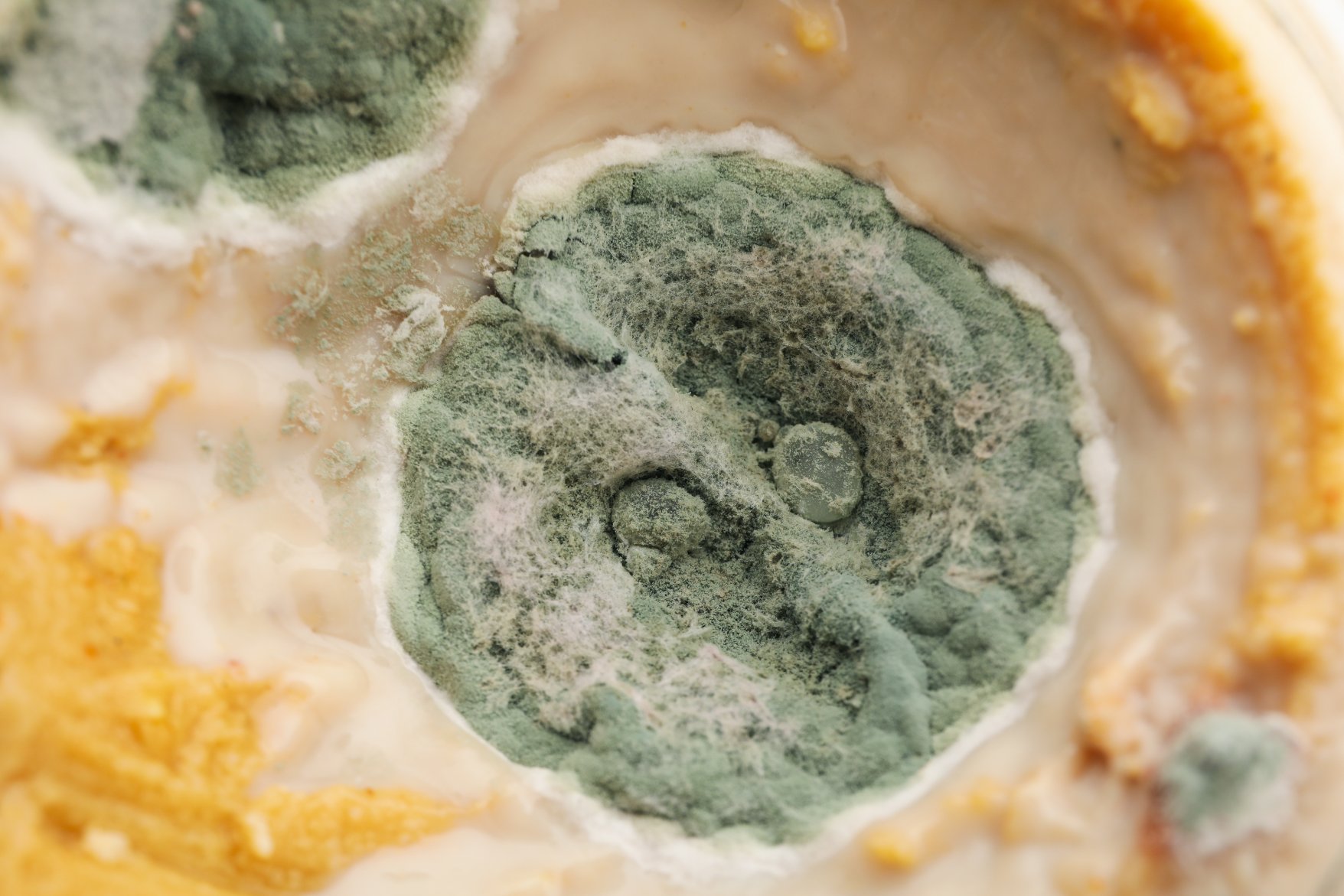Meal timing can turn an ordinary training session into a physique-changing stimulus—or leave hard work on the gym floor. Research on nutrient timing shows that strategically placed carbohydrates and high-quality protein improve session energy, elevate muscle-protein synthesis and speed recovery, often without adding extra calories to the day. This guide distils current evidence into practical recommendations for lifters, endurance athletes and recreational exercisers of every age.
1. Why Timing Matters More Than You Think
- Fuel availability: Liver and muscle glycogen dictate training intensity.
- Hormonal response: Carbohydrate plus protein before exercise elevates insulin—the body’s most anabolic hormone—to reduce muscle breakdown during training.
- Recovery clock: Muscle-protein synthesis peaks within roughly three hours of resistance exercise; amino acids must be on hand to capitalise.
2. Pre-Workout Nutrition: One Hour Out
An effective pre-workout meal delivers easily digested carbohydrates and a moderate protein dose (~0.3 g · kg-1 body-weight). This combination:
- Replenishes glycogen for explosive sets or sustained cardio.
- Provides amino acids to limit exercise-induced catabolism.
- Triggers an insulin rise that accelerates post-exercise nutrient uptake.
| Body-Composition Goal | Suggested Carb Range | Protein (g) | Example Meal (≈60 min pre) |
|---|---|---|---|
| Muscle Gain | 1.5–2 g · kg-1 | 20–30 | Oats + banana + 200 ml skim milk |
| Maintenance / Recomp | 1 g · kg-1 | 25–30 | Whole-grain toast + 2 eggs + 1 tsp honey |
| Fat Loss | 0.5–0.8 g · kg-1 | 25–30 | Low-fat Greek yogurt + berries + 5 g creatine |
Fasted Training? Early-morning athletes who prefer an empty stomach should at minimum consume 20 g essential amino acids or a small whey isolate shake to blunt muscle breakdown without gastric discomfort.
3. Intra-Workout Considerations (Sessions > 90 min)
- Sip a 6–8 % carbohydrate–electrolyte beverage (≈ 30 g carbs per hour) to sustain power output.
- Endurance events longer than two hours benefit from 5–10 g branch-chain amino acids or 15 g whey hydrolysate mid-session.
4. Post-Workout Window: 0–60 Minutes
Contrary to outdated “anabolic window” dogma, muscles remain sensitised for several hours, but ingesting 20–40 g fast-digesting protein soon after training accelerates repair. Whey isolate tops most lists because it empties from the stomach in roughly 20 minutes. Pair with quick carbs to restore glycogen if another hard session occurs within 24 hours.
Simple Formula → Protein = 0.4 g · kg-1; Carbs = 0.8–1 g · kg-1
Sample Post-Workout Plate (≈ 75 kg lifter):
- 35 g whey isolate shaken in water
- 3 whole eggs + 200 g liquid egg whites scrambled
- 150 g cooked jasmine rice with cinnamon
- 1 cup mixed berries
5. Whole Eggs vs Egg Whites
The yolk supplies fat-soluble vitamins (A, D, E, K), selenium and all nine essential amino acids. Blending whole eggs with pasteurised egg whites raises protein-to-calorie density without sacrificing micronutrients—ideal when calorie budgets are tight.
6. Adjusting for Age & Metabolic Health
- 40+ years: Anabolic resistance means lean adults may need the higher end of protein ranges (0.5 g · kg-1 per meal).
- Excellent fasting glucose (< 85 mg · dl-1): Modest increases in quality carbohydrates pre- and post-training usually enhance recovery without fat gain.
- Insulin-resistant athletes: Emphasise moderate-GI carb sources (fruit, oats, quinoa) and keep post-workout carbs ≤ 0.5 g · kg-1 until glucose control improves.
7. Common Timing Mistakes to Avoid
- Relying on coffee only, then “hitting the wall” midway through training.
- Skipping post-workout protein or delaying it several hours.
- Over-fueling with high-fat meals immediately before exercise, slowing gastric emptying.
- Using alcohol as a recovery drink—ethanol impairs muscle-protein synthesis by up to 24 %.
8. 24-Hour Timing Blueprint (8 AM Lift Example)
- 6 : 45 AM – 200 ml water + 20 g whey + 40 g banana
- 8 AM – Resistance workout (60 min); sip 500 ml water
- 9 AM – Post-workout meal (listed above)
- 12 PM – Balanced lunch (lean meat, veggies, rice, olive oil)
- 4 PM – Greek yogurt + mixed nuts
- 7 PM – Dinner (salmon, sweet potato, asparagus)
Key Takeaways
- Fuel workouts with 0.5–2 g · kg-1 carbs and 0.3 g · kg-1 protein about one hour before training.
- Consume 20–40 g fast protein plus carbs within 60 minutes post-exercise for optimal repair.
- Older or calorie-restricted athletes need higher protein density; mixing egg whites with whole eggs works well.
- Monitor blood glucose, hunger signals and session performance to personalise timing windows.
Disclaimer: This article provides general information and is not a substitute for personalised medical or dietary advice. Consult a qualified professional before changing your nutrition or exercise plan.
Video Summary
For more evidence-based nutrition and training tips, subscribe to our channel:
https://www.youtube.com/@Vitality-and-Wellness. Looking for extra help with your fitness goals? Check out the personalised Nutrition Program at Parkway Athletic Club





